Songwriting: Music Theory Must-Knows for Beginner to Advanced Guitarists
This week try incorporating one or all of these techniques into your riffs. How does it help—or not help—and/or change your approach to writing?
January 19, 2021
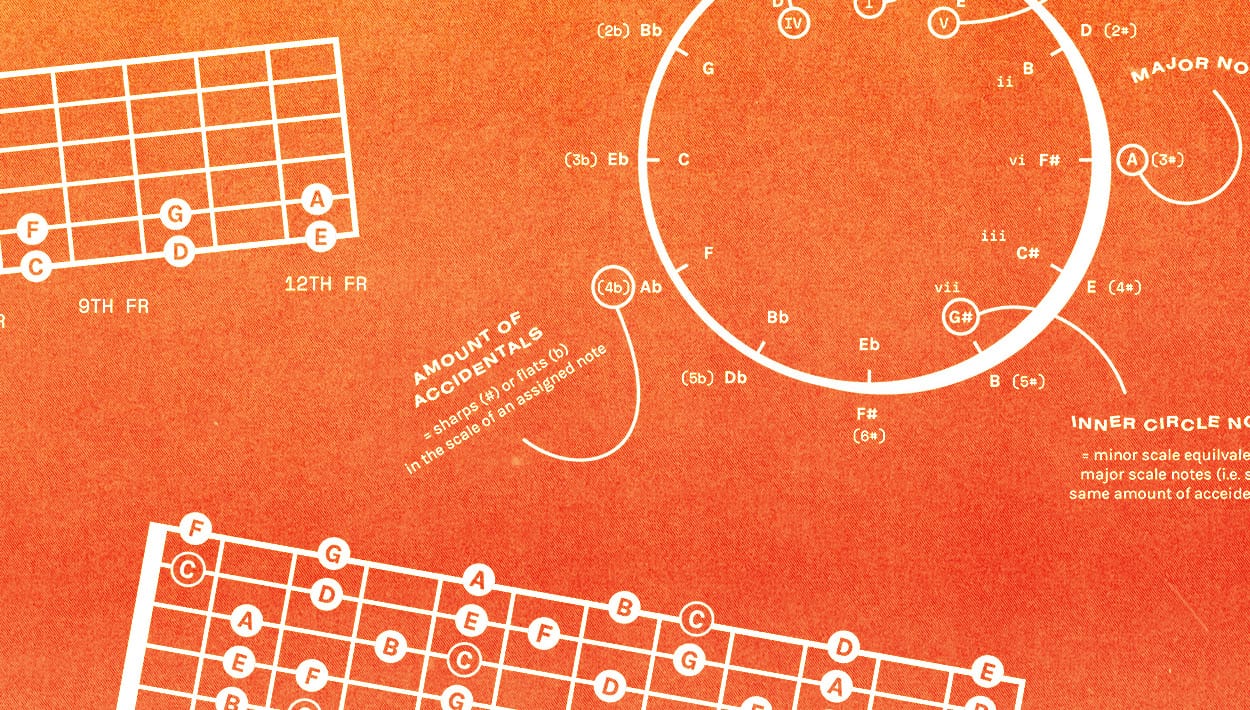
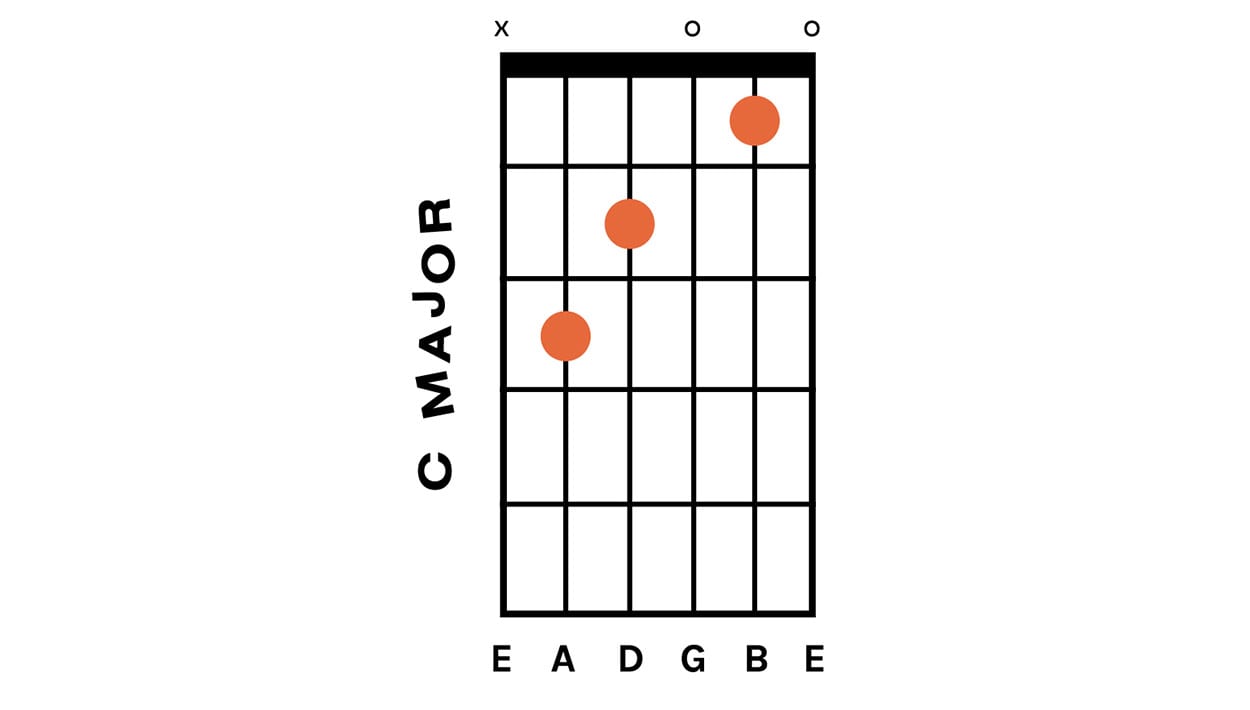
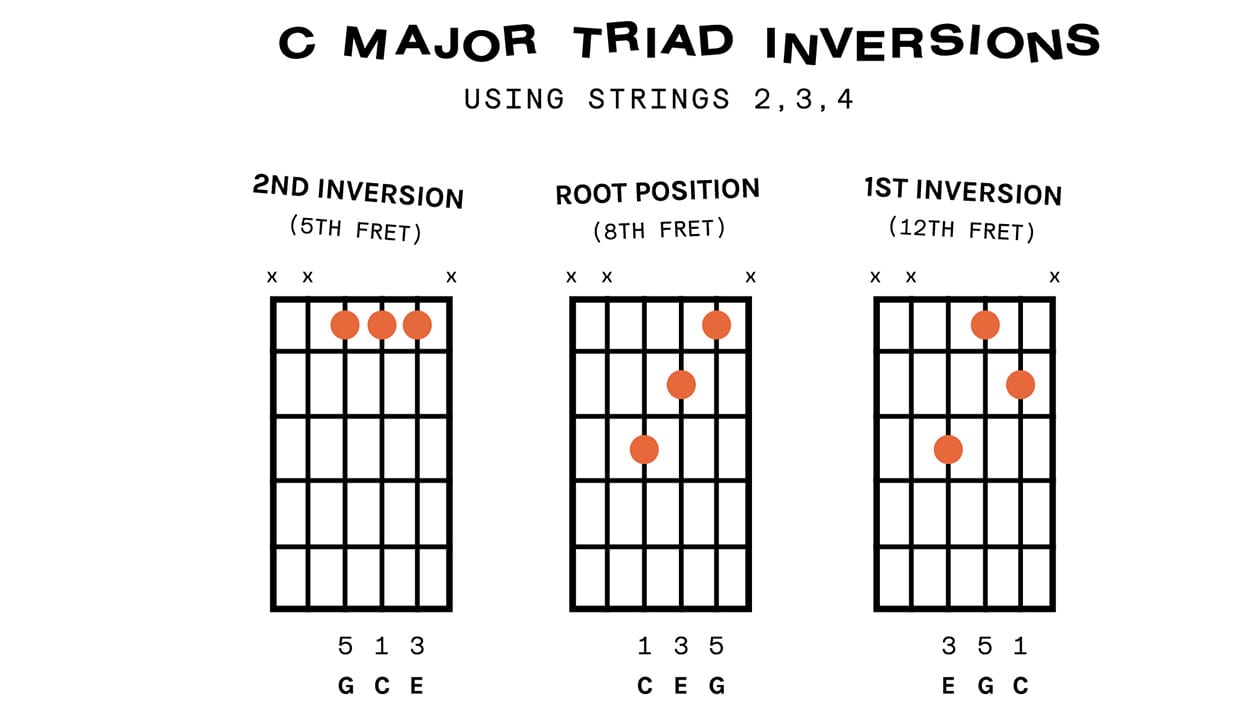
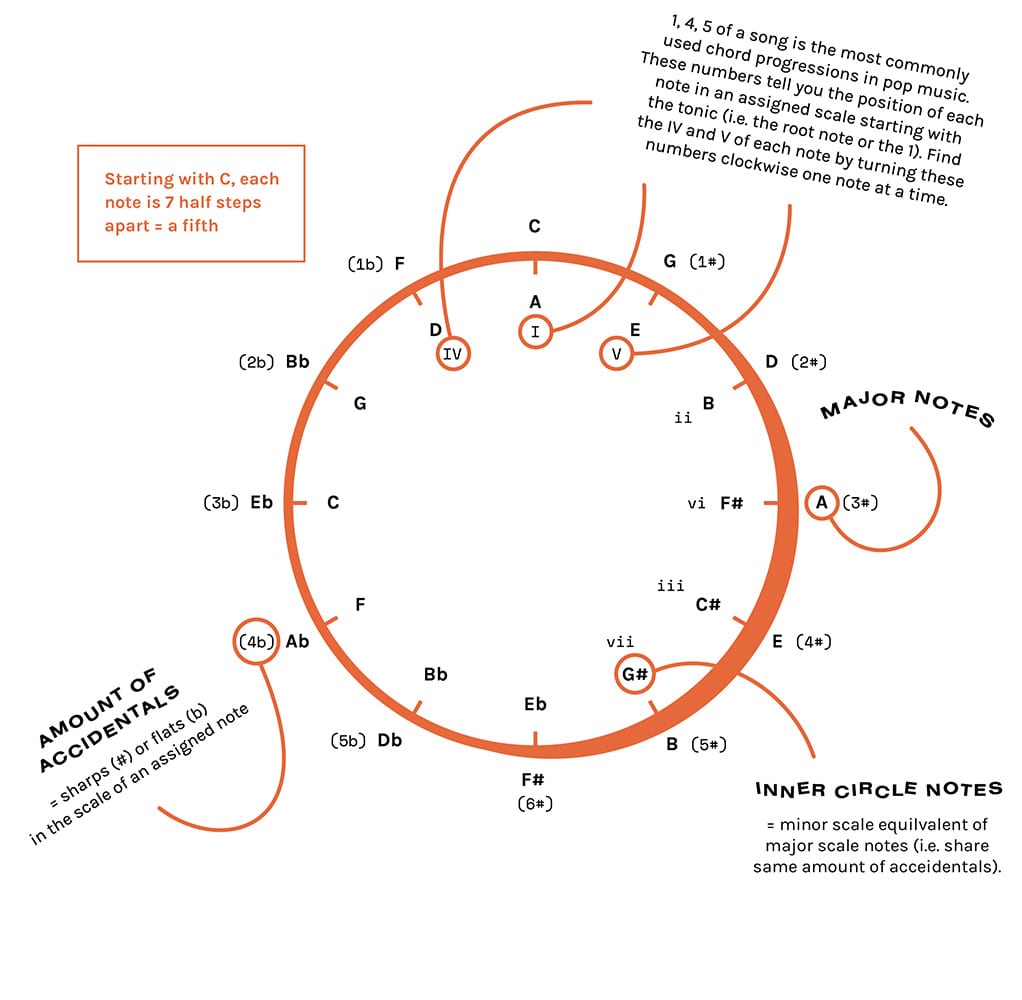
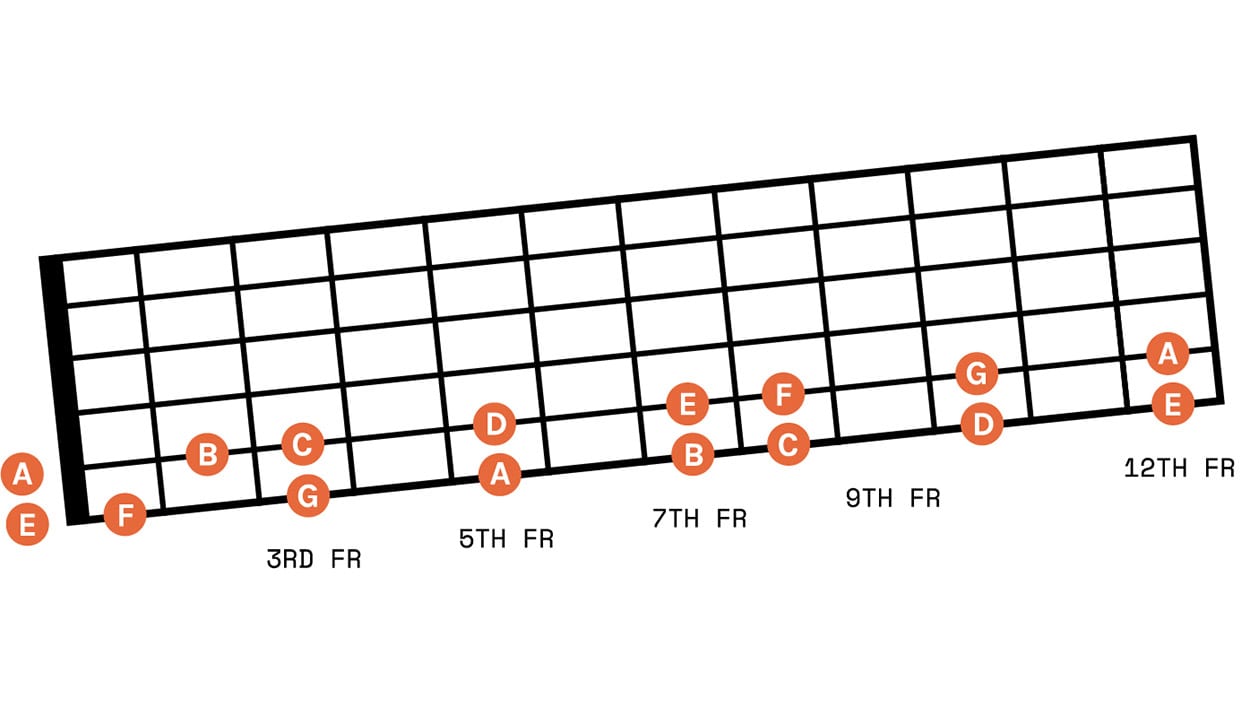
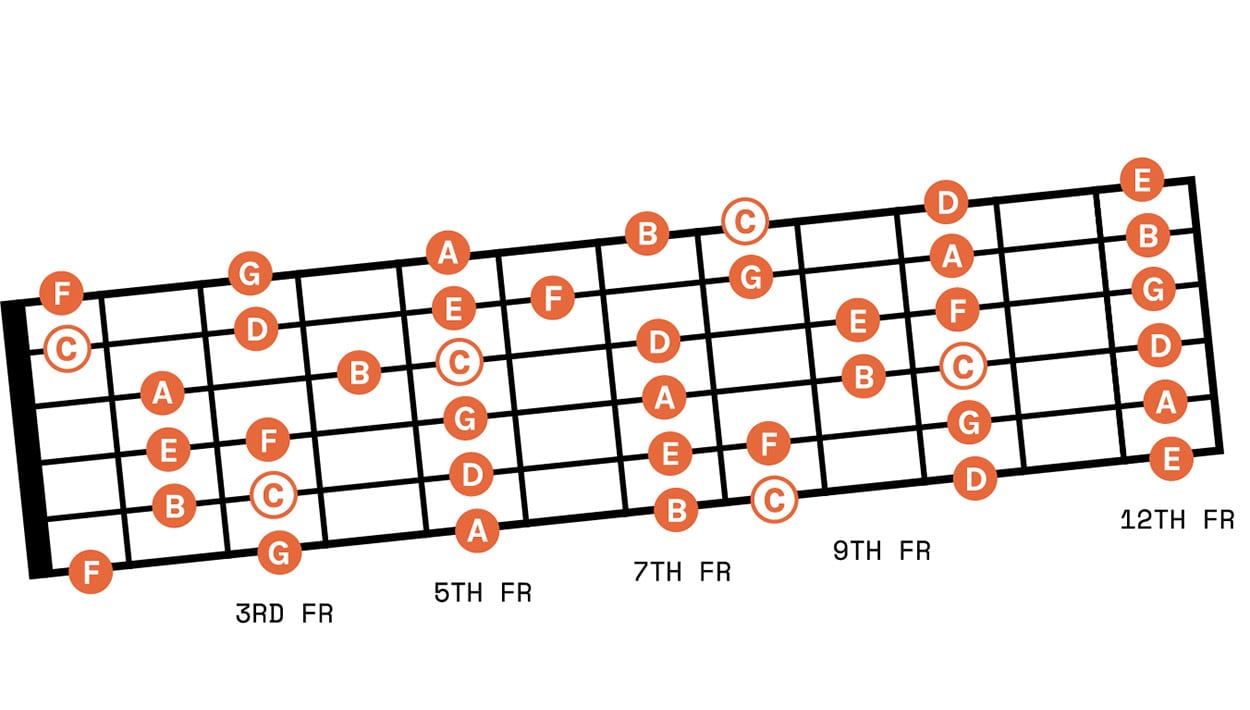
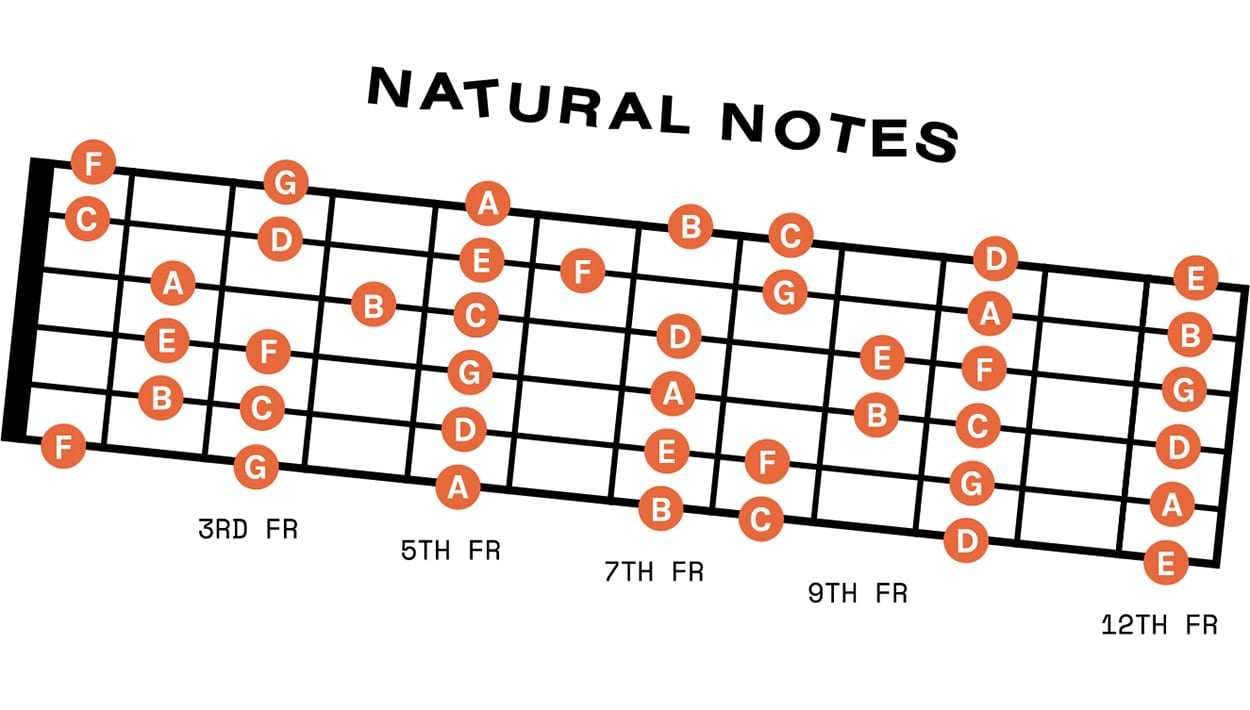

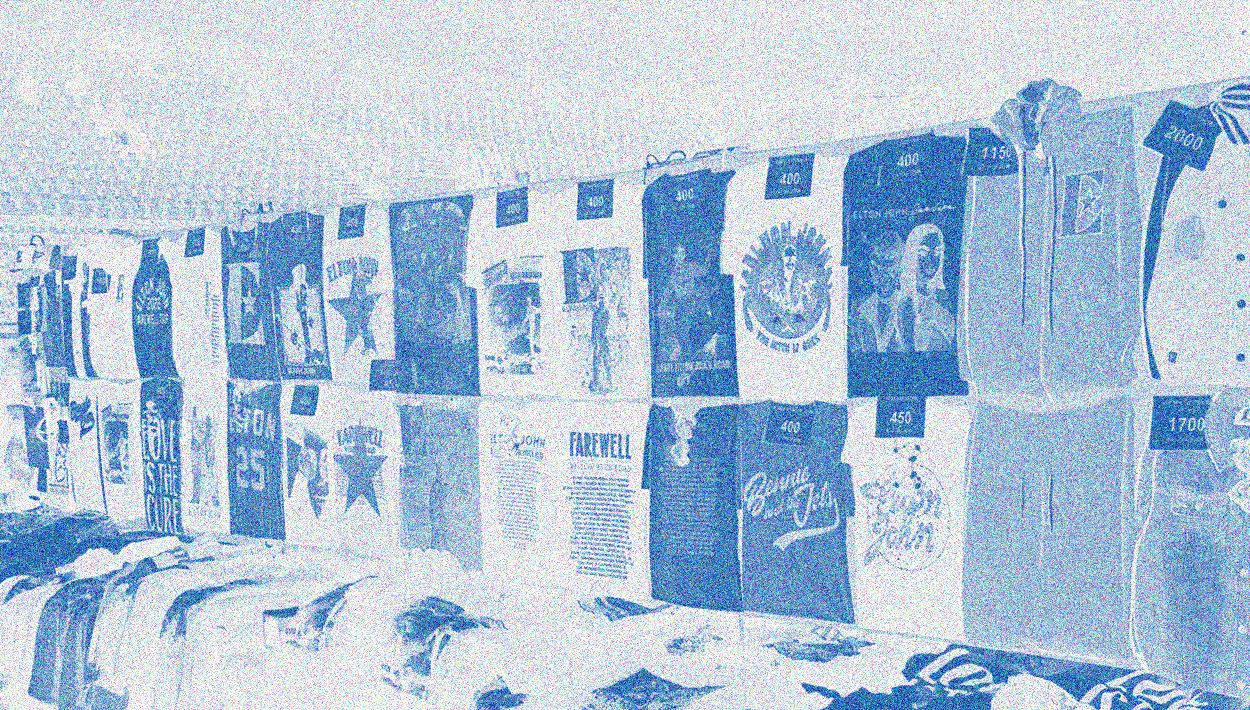


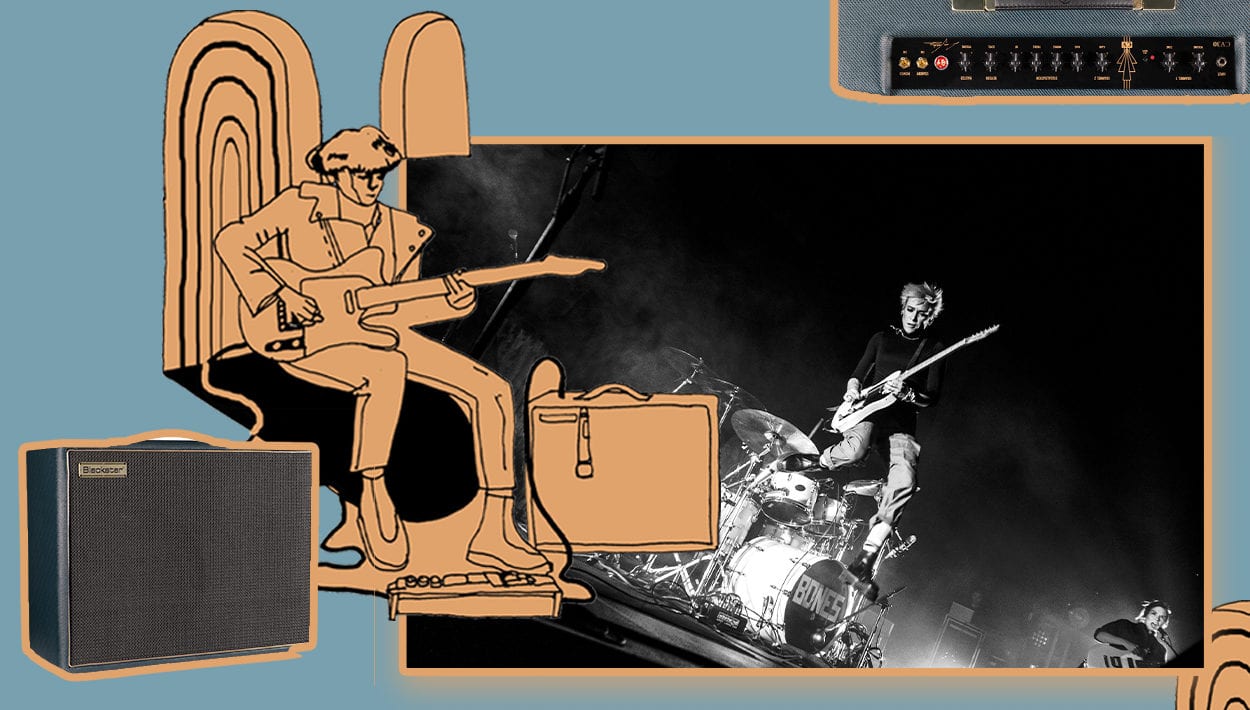

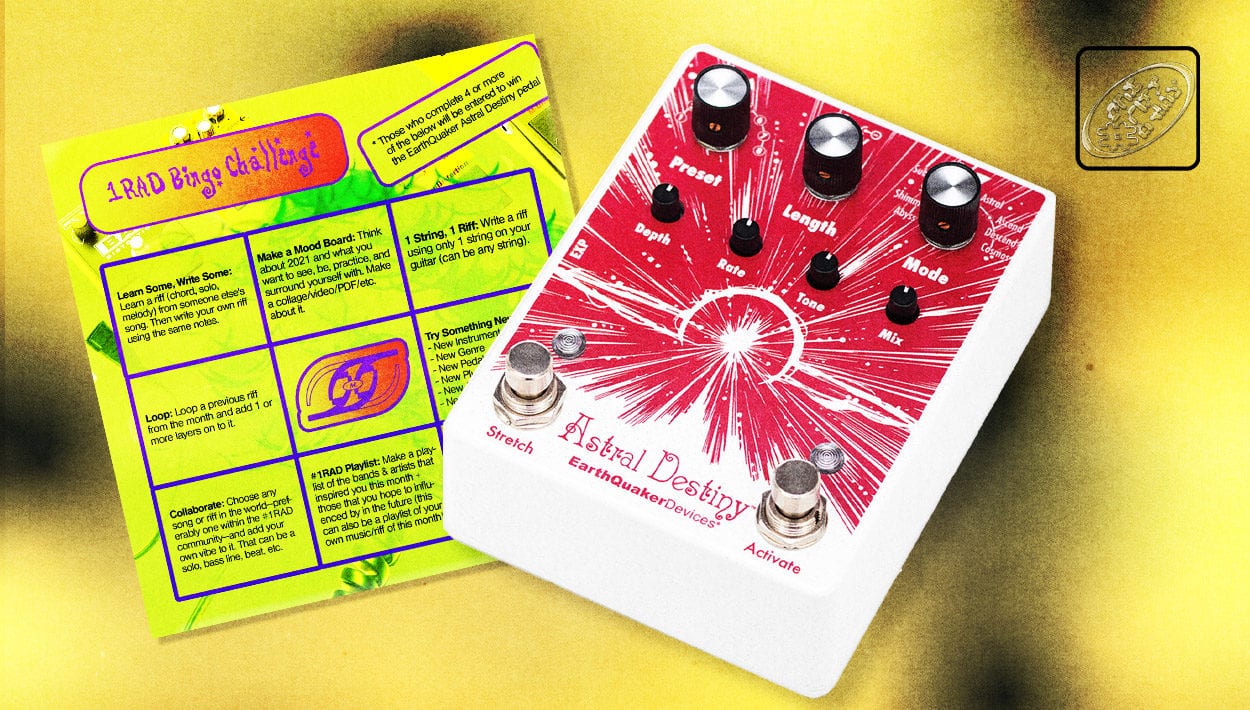
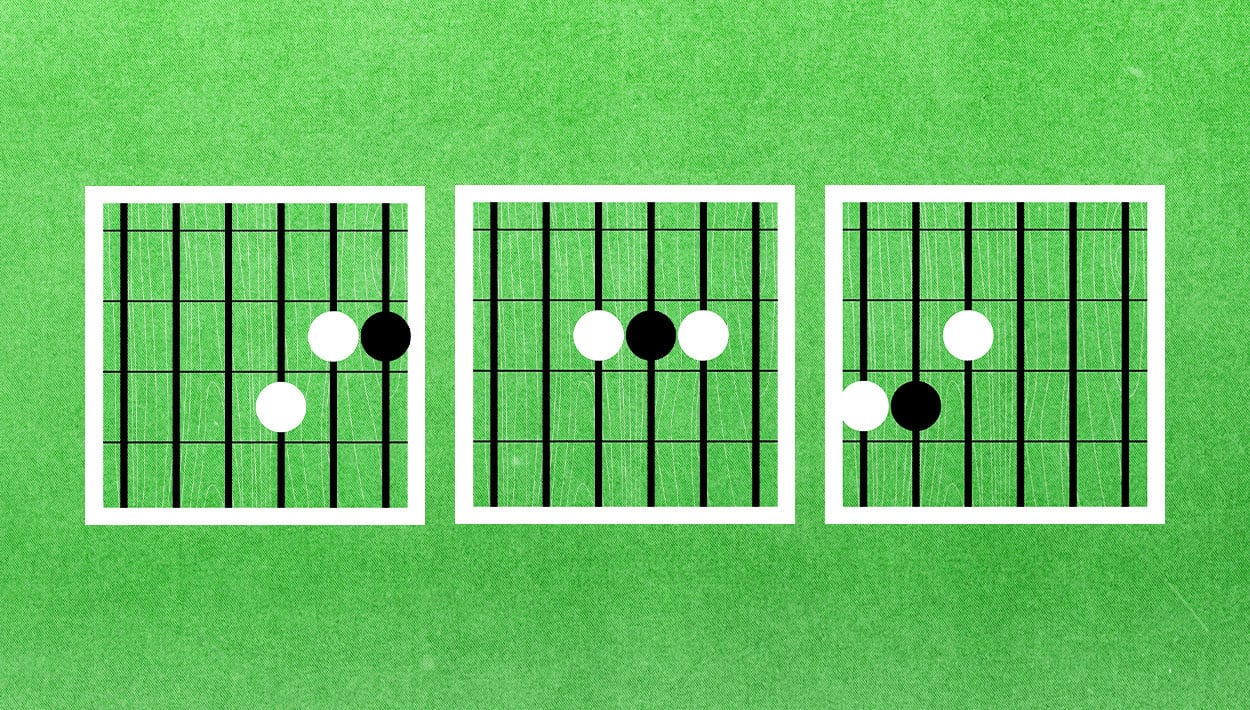


Comments
Now, if you are really serious about getting help in writing an essay, then you can always find services that are available online. You just have to know how to find these services. One of the best ways to find essay services is through the internet. Online you can find a lot of websites (like – https://wowgrade.net/ ) that offer essay editing services. These types of websites usually have a database of essay writers that they are able to hire after you pay them.
Comment by Helena on June 12, 2021 at 6:56 pmThank you for sharing these effective tips for songwriting. I hope this advice will be very helpful to the songwriter, especially those who are beginners in this industry. Anyways, I am also working in this writing industry as a professional content writer and academic advisor. So I always suggest people check for plagiarism at this website https://onlineplagiarismchecker.net/ where you can check your writing quality and uniqueness that can also help you improve your writing practice.
Comment by Thomas Pedro on July 8, 2021 at 4:49 amHow can you ensure high audio quality when converting YouTube to MP3?
Comment by larissonfiona on December 5, 2023 at 7:13 amI’m tired of paying dearly to listen to music. Or listen to music with a lot of advertising on YouTube. But finally I managed to find a way out. I avoided the dominance of advertising in music tracks thanks to the ytmp3 converter. By converting them to MP3, I can listen to my favorite songs without annoying interruptions.
Comment by tylerrjack2 on December 5, 2023 at 12:26 pm